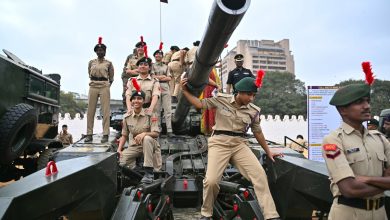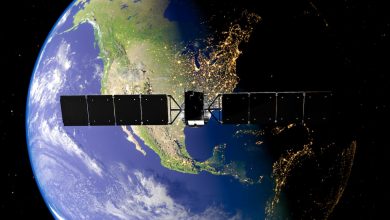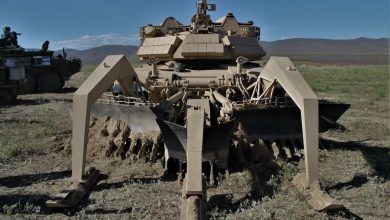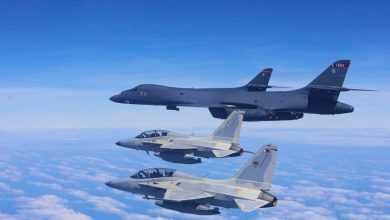Key tests for latest F-35s will begin in 2026, two years after rollout
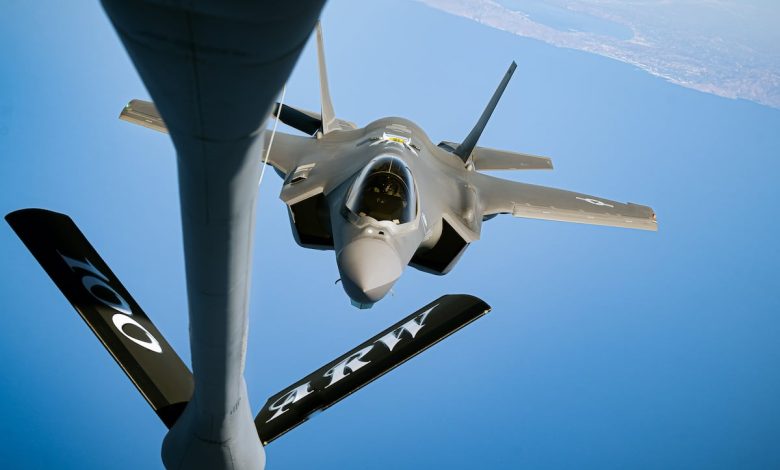
An important series of tests for the latest upgrades to the F-35 Joint Strike Fighter will likely not begin until two years after these jets started hitting the field — and at least three years following their original due date.
The Office of the Director, Operational Test and Evaluation said in its annual report, submitted to Congress on Jan. 31, that dedicated operational tests for the F-35’s Technology Refresh 3, or TR-3, upgrades will probably start in mid to late fiscal 2026, or around next summer. Those tests are intended to determine whether TR-3 is operationally effective.
Lt. Gen. Michael Schmidt, the military’s F-35 program executive officer, said in a statement to Defense News that as of January, Lockheed Martin has delivered more than 100 TR-3 equipped fighters. All of those jets have software allowing its pilots to conduct training flights, including combat training.
“We are aggressively implementing comprehensive test plans to ensure this critical upgrade delivers cutting-edge capabilities to the warfighter,” Schmidt said. “The F-35 [Joint Program Office] remains focused on working through known risks to deliver TR-3 combat capability in 2025. The capability will continue to be improved in future lots to ensure warfighters have what they need to win in future conflicts.”
An official with knowledge of the operational test program for the F-35, who spoke about the program on the condition of anonymity, said that starting operational testing next year would not delay the fielding of the newest jets.
“It is not uncommon for fielding decisions to come before operational testing is complete,” the official said.
The Office of the Director, Operational Test and Evaluation said the TR-3 tests can’t begin until its software is stable and aircraft modifications, flight test instruments and open-air battle shaping capabilities are in place. But if those systems and software are matured and in place sooner than expected, testing could start earlier, the office said.
RELATED
The delayed launch of the TR-3 tests is the latest in a series of setbacks for the Lockheed Martin-made fighter, which have caused efforts to modernize the program to slip further behind.
TR-3 is a set of improvements to the F-35′s hardware and software, which include better displays, computer memory and processing power. TR-3 was originally set to be released in April 2023, but software problems and integration difficulties stalled the program.
The Pentagon refused to accept deliveries of the newest F-35s until July 2024, when an interim version of the TR-3 software that allows the jets to conduct training flights was completed.
But the TR-3-enabled F-35s can’t yet carry out combat missions. And while the F-35 Joint Program Office still hopes to have the jets combat ready in 2025, the timeline might slip further. In a January earnings call, Lockheed Chief Financial Officer Jay Malave said the work might not be finished until early 2026.
The delays in TR-3 are also having cascading effects on subsequent improvements to the F-35 – particularly another modernization program called Block 4 – which is intended to allow the jet to carry more weapons, better recognize targets and improve its electronic warfare capabilities.
The Office of the Director, Operational Test and Evaluation criticized the F-35 program’s lack of progress in rolling out necessary software.
“The F-35 program has shown no improvement in meeting schedule and performance timelines for developing and testing software designed to address deficiencies and add new capabilities,” the office’s annual report said.
Stephen Losey is the air warfare reporter for Defense News. He previously covered leadership and personnel issues at Air Force Times, and the Pentagon, special operations and air warfare at Military.com. He has traveled to the Middle East to cover U.S. Air Force operations.
Read the full article here


